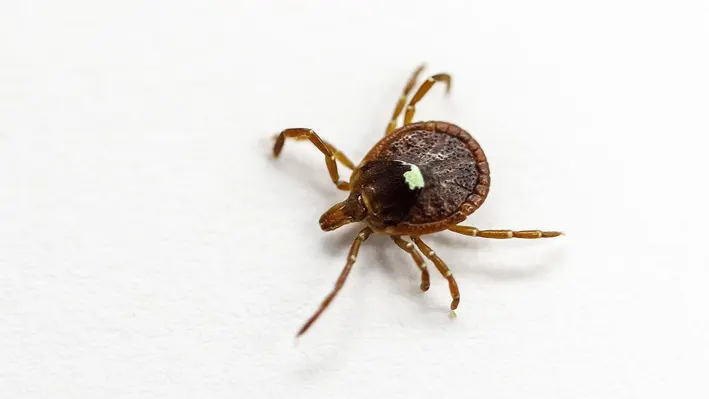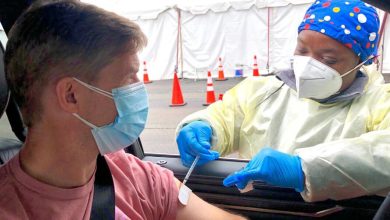Tick Species That Can Cause Meat Allergy And Other Illnesses Is Spreading Across The US, Study Suggests

Topline
According to a study, the lone star tick—which is notorious for its aggressive behaviour and bites that can transmit dangerous viruses and trigger red meat allergy or alpha-gal syndrome—is expanding throughout the United States beyond its typical habitat in the southeast as a result of climate change exacerbating rising temperatures and longer warm seasons nationwide.
Key Facts
The lone star tick is primarily found in the southeastern United States, but a study conducted in recent years by researchers at the University of Kansas, Kansas State University, and Walter Reed suggests that it has been found in increasingly northern and western locations, as far west as Wyoming and as far north as Maine. Some scientists speculate that the longer warm seasons brought on by climate change may be the reason for the expansion of the lone star tick’s habitat.
The main cause of alpha-gal syndrome, an allergic reaction to a sugar present in beef, hog, and lamb as well as other mammalian foods and dairy products, in the United States is bites from lone star ticks.
The Centres for Disease Control and Prevention state that lone star ticks are more aggressive and more likely to bite, even though they are less likely to transmit Lyme disease than blacklegged ticks, who are notorious for doing so.
Key Background
Although tick bites can happen year-round, the American summer is tick season, with the lone star tick being most active from April to August. The most popular places to find the bugs are grassy, highly forested areas like backyards and forests. Bites from lone star ticks can also result in Heartland virus, which can cause fever and nausea, and tularemia, commonly called rabbit fever, which can be fatal if left untreated. These illnesses are in addition to alpha-gal syndrome. The CDC advises adopting preventative measures against tick bites in general by applying 0.5% permethrin treatments to clothing and utilising bug deterrents that are registered with the Environmental Protection Agency, even though lone star tick bites may not necessarily result in sickness.
Surprising Fact
According to the CDC, adult females of the species are also the most likely to bite humans. The lone star tick gets its name from the white dot that resembles the lone star flag that grows on their backs.
Big Number
110,000. The CDC estimates that between 2010 and 2022, there were this many suspected cases of alpha-gal syndrome in the United States; however, the organisation notes that this figure may potentially reach 450,000, given the illness’s need for clinical examinations and diagnostic testing to be diagnosed. Alpha-gal syndrome is characterised by hives, nausea or vomiting, swelling of the tongue and lips, and excruciating stomach discomfort that often manifests two to six hours after ingesting alpha-gal sugar.




